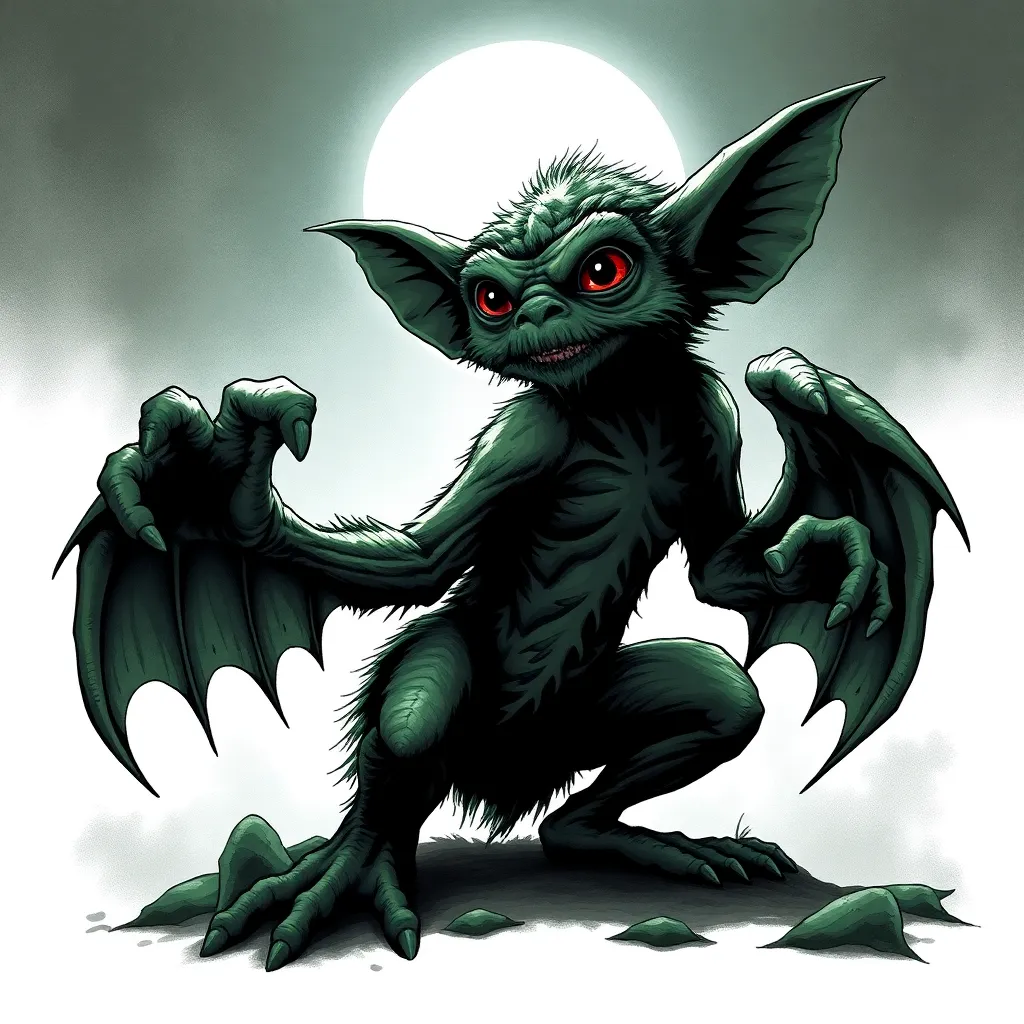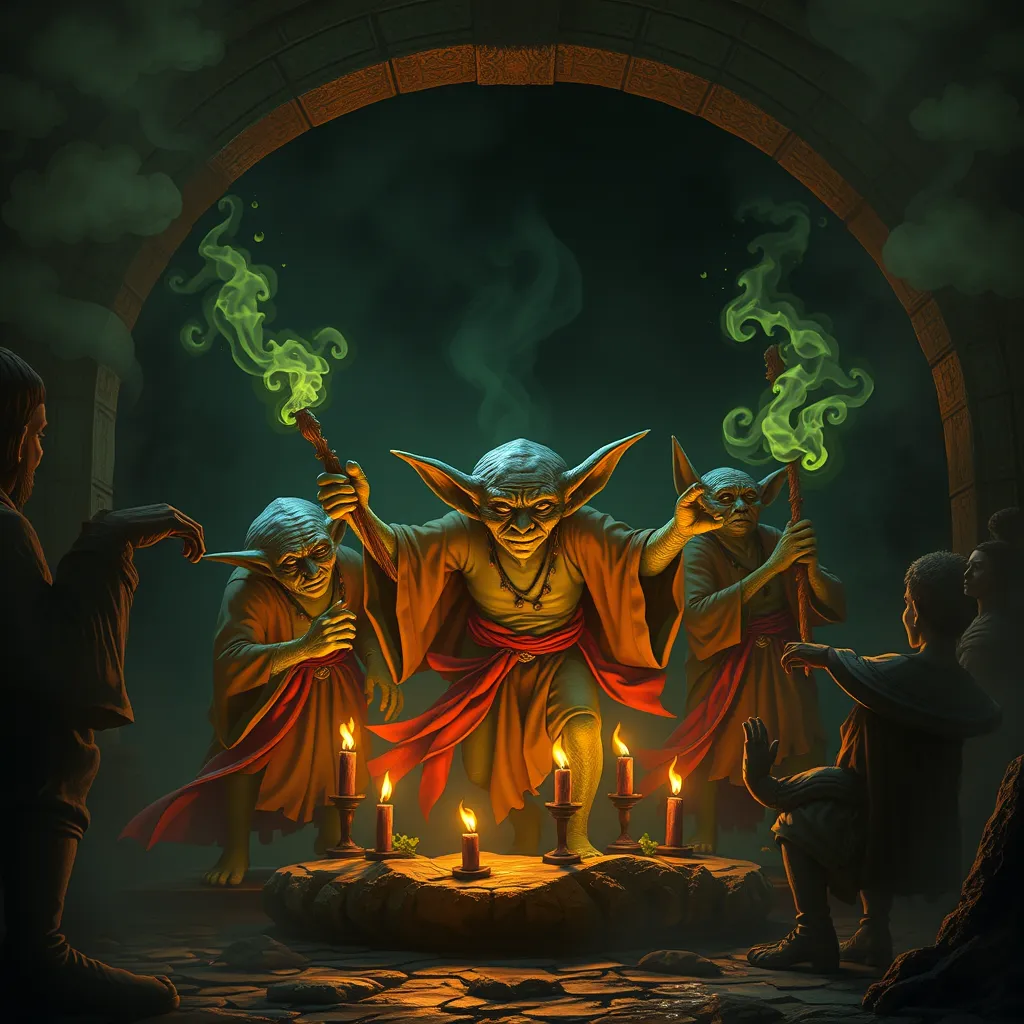The Aztec Bat God: Unveiling the Connection Between Camazotz and Xolotl
I. Introduction
Aztec mythology is a rich tapestry of beliefs and stories that reflect the ancient civilization’s understanding of the world around them. It encompasses a wide range of deities, each representing different aspects of life, nature, and the cosmos. Among these deities, Camazotz, the Bat God, and Xolotl, the God of Lightning and Death, hold significant places in the pantheon.
This article aims to explore the connections between Camazotz and Xolotl, two figures that embody crucial themes in Aztec mythology, including darkness, transformation, and the cycle of life and death.
II. The Mythology of Camazotz
A. Description of Camazotz as the Bat God
Camazotz, often depicted as a bat or a humanoid figure with bat-like features, is a notable deity in Aztec mythology. His name translates to “Bat God” in the Nahuatl language, and he is associated with the underworld and the night. Camazotz is believed to have the power to navigate between the realms of the living and the dead, making him a key figure in the Aztec understanding of life after death.
B. Symbolism and attributes associated with Camazotz
- Darkness: Camazotz embodies the darkness of the night, representing the unknown and the fears associated with it.
- Transformation: Bats, as creatures that can fly in darkness, symbolize transformation and adaptation.
- Death: As a deity linked to the underworld, Camazotz is often associated with death and the afterlife.
C. Camazotz’s role in Aztec cosmology and rituals
In Aztec cosmology, Camazotz played a crucial role in rituals aimed at appeasing the gods and ensuring a successful transition to the afterlife. He was often invoked during ceremonies related to death and rebirth, highlighting the cyclical nature of existence. His imagery is frequently found in codices and temple carvings, emphasizing his importance in the religious practices of the Aztecs.
III. Understanding Xolotl
A. Introduction to Xolotl as the God of Lightning and Death
Xolotl is another essential figure in Aztec mythology, often depicted as a monstrous dog or a figure with a skeletal appearance. He is primarily known as the God of Lightning and is also associated with fire and death. Xolotl is considered a twin of Quetzalcoatl, the Feathered Serpent, and embodies the duality of creation and destruction.
B. Xolotl’s dual nature and its implications in Aztec beliefs
Xolotl represents the duality inherent in life; he is both a bringer of light (lightning) and a harbinger of death. This dual nature reflects the Aztec belief in the interconnectedness of all things and the cyclical patterns of existence. His role as a guide for souls in the afterlife further emphasizes his significance in the transition from life to death.
C. The significance of Xolotl in the cycle of life and death
In Aztec beliefs, Xolotl was crucial in the cycle of life and death. He was thought to guide the souls of the deceased to Mictlan, the underworld, ensuring their safe passage. His association with lightning also symbolizes the transformative power of death, marking it as a necessary part of the life cycle rather than an endpoint.
IV. Comparative Analysis of Camazotz and Xolotl
A. Similarities in symbolism: darkness, death, and transformation
Both Camazotz and Xolotl share common themes in their symbolism:
- They both embody aspects of darkness and the unknown.
- Both are associated with death and the afterlife.
- They symbolize transformation through their connections to the cycles of life.
B. Differences in their roles and representations in mythology
Despite these similarities, Camazotz and Xolotl serve different roles within Aztec mythology:
- Camazotz is primarily a deity of the night and the underworld, while Xolotl is associated with lightning and the duality of life and death.
- Camazotz represents the fear and mystery of darkness, whereas Xolotl embodies the transformative power of death as a passage to the afterlife.
C. The interplay between their attributes and functions
The interplay between Camazotz and Xolotl’s attributes highlights the complex nature of Aztec beliefs. While they represent different aspects of existence, their functions are interconnected. Camazotz’s dominion over darkness complements Xolotl’s role in guiding souls through the realms of life and death.
V. Cultural and Historical Context
A. The importance of bats in Mesoamerican culture
Bats have held a significant place in Mesoamerican culture, symbolizing fertility, regeneration, and the night. Their nocturnal habits and ability to fly have made them powerful symbols in various mythologies, including the Aztec. As creatures that navigate darkness, bats serve as metaphors for the journey through the unknown.
B. How Camazotz and Xolotl reflect societal beliefs and fears
Both deities reflect the Aztec society’s fears and beliefs about death, the afterlife, and the natural world. Camazotz represents the fear of the dark and the unknown, whereas Xolotl embodies the acceptance of death as a natural part of existence. These representations provide insight into how the Aztecs understood and coped with their environment.
C. The impact of colonialism on the perception of these deities
The arrival of European colonizers significantly altered the perception of Aztec deities. Many traditional beliefs were suppressed or demonized, leading to a misunderstanding of figures like Camazotz and Xolotl. However, in recent years, there has been a resurgence of interest in these ancient beliefs, as scholars and practitioners seek to reclaim and understand their cultural heritage.
VI. Artistic Representations
A. Examination of ancient artifacts depicting Camazotz and Xolotl
Artifacts from the Aztec civilization often depict Camazotz and Xolotl in various forms, showcasing their significance in art and religion. Sculptures, pottery, and codices illustrate their roles and characteristics, providing a glimpse into how they were revered and understood.
B. The evolution of their imagery through history
The imagery of these deities has evolved over time, influenced by changing cultural contexts and artistic styles. From ancient depictions to modern interpretations, the representations of Camazotz and Xolotl continue to resonate with audiences, reflecting their enduring legacy.
C. Influence of these deities in contemporary art and popular culture
In contemporary art and popular culture, Camazotz and Xolotl have inspired various works, from literature to film. Their stories and attributes are often reimagined, highlighting the continued relevance of Aztec mythology in today’s society.
VII. Modern Interpretations and Relevance
A. The resurgence of interest in Aztec mythology
In recent years, there has been a growing interest in Aztec mythology, driven by a desire to understand ancient cultures and their beliefs. This resurgence has led to a reevaluation of figures like Camazotz and Xolotl, highlighting their importance in contemporary spirituality and cultural identity.
B. How Camazotz and Xolotl are perceived in modern spirituality
In modern spiritual practices, Camazotz and Xolotl are often seen as symbols of transformation and guidance. Their stories resonate with those seeking to navigate the complexities of life, death, and rebirth, making them relevant figures in contemporary spiritual discourse.
C. Lessons from their stories in the context of modern society
The narratives surrounding Camazotz and Xolotl offer valuable lessons about acceptance of death, the importance of transformation, and the interconnectedness of all life. In a rapidly changing world, these themes provide insights into coping with loss and embracing change.
VIII. Conclusion
In conclusion, the exploration of Camazotz and Xolotl reveals a profound connection



